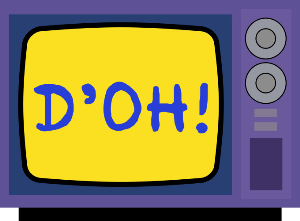|
4. My second worst mistake with money and investing was in not realizing my name is not Warren Buffett. I first learned what a terrific investor he is back in the 1980s, about the same time I finally got into the investing game myself. Yet I must have thought I could do just as well as he, for it was several more years before I even bought the lower cost Class B shares in the company Buffett runs, Berkshire Hathaway.

In April, 1985, that company's shares (which would become BRK/A shares) sold for about $1900 a share. A single share of BRK/A today sells for around $213,000. Had I from the outset and through the subsequent years simply put all the investment funds that I, and a little later Valerie and I together, had into Buffett's company and had we but retained those shares, so none of the returns would have gone to Uncle Sam, our nest egg would be richer by at least $2,000,000. D'oh!
| |